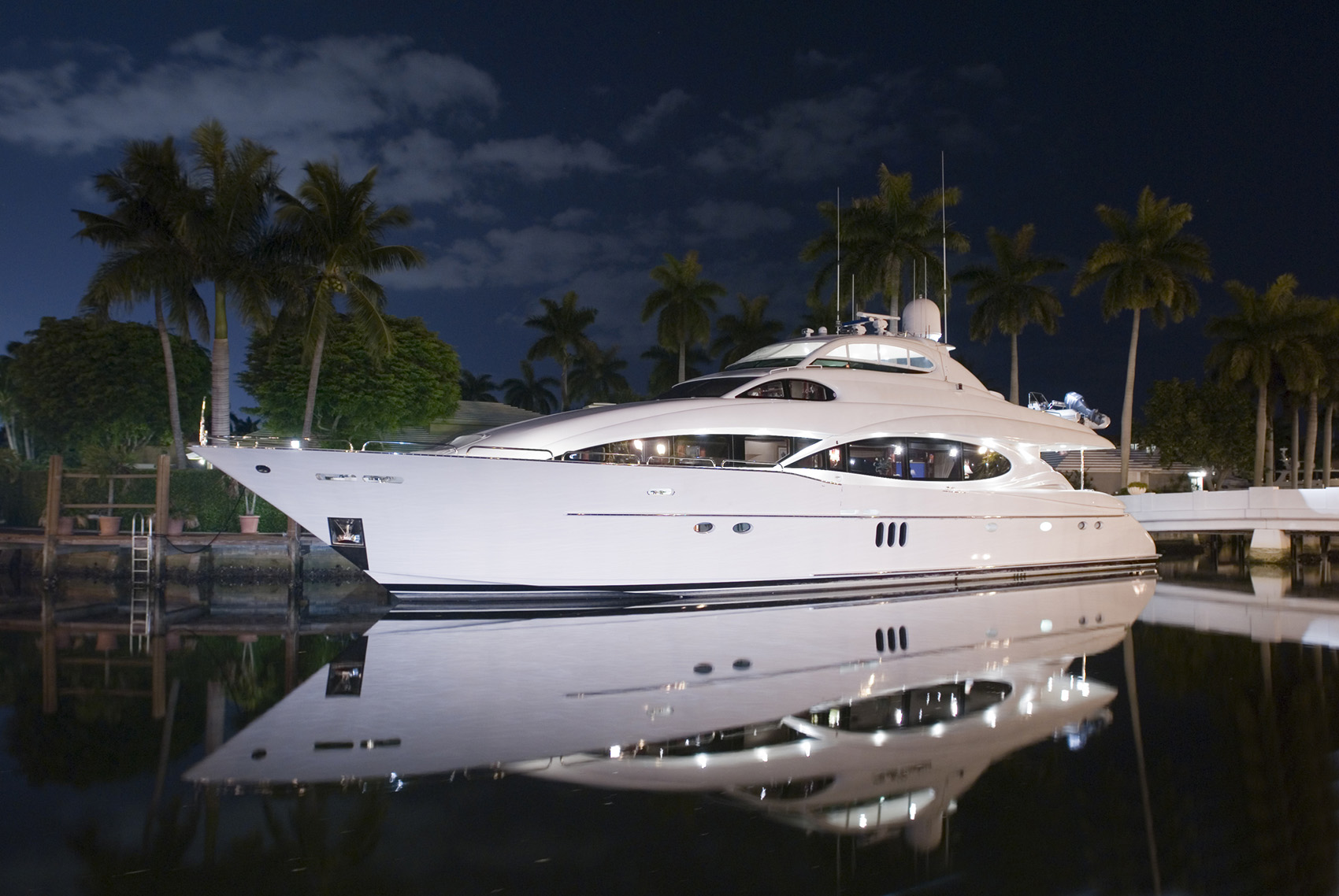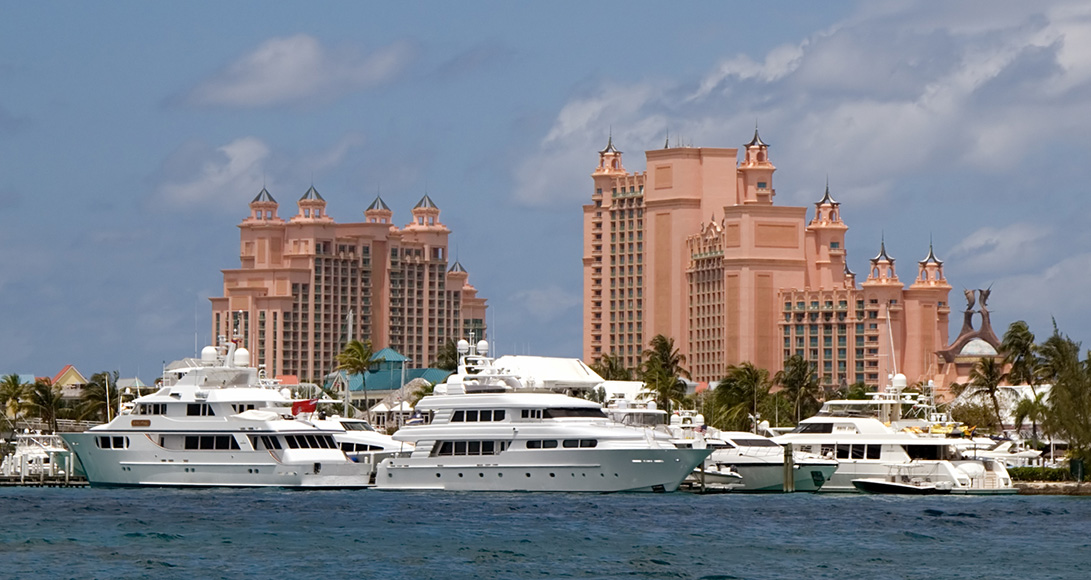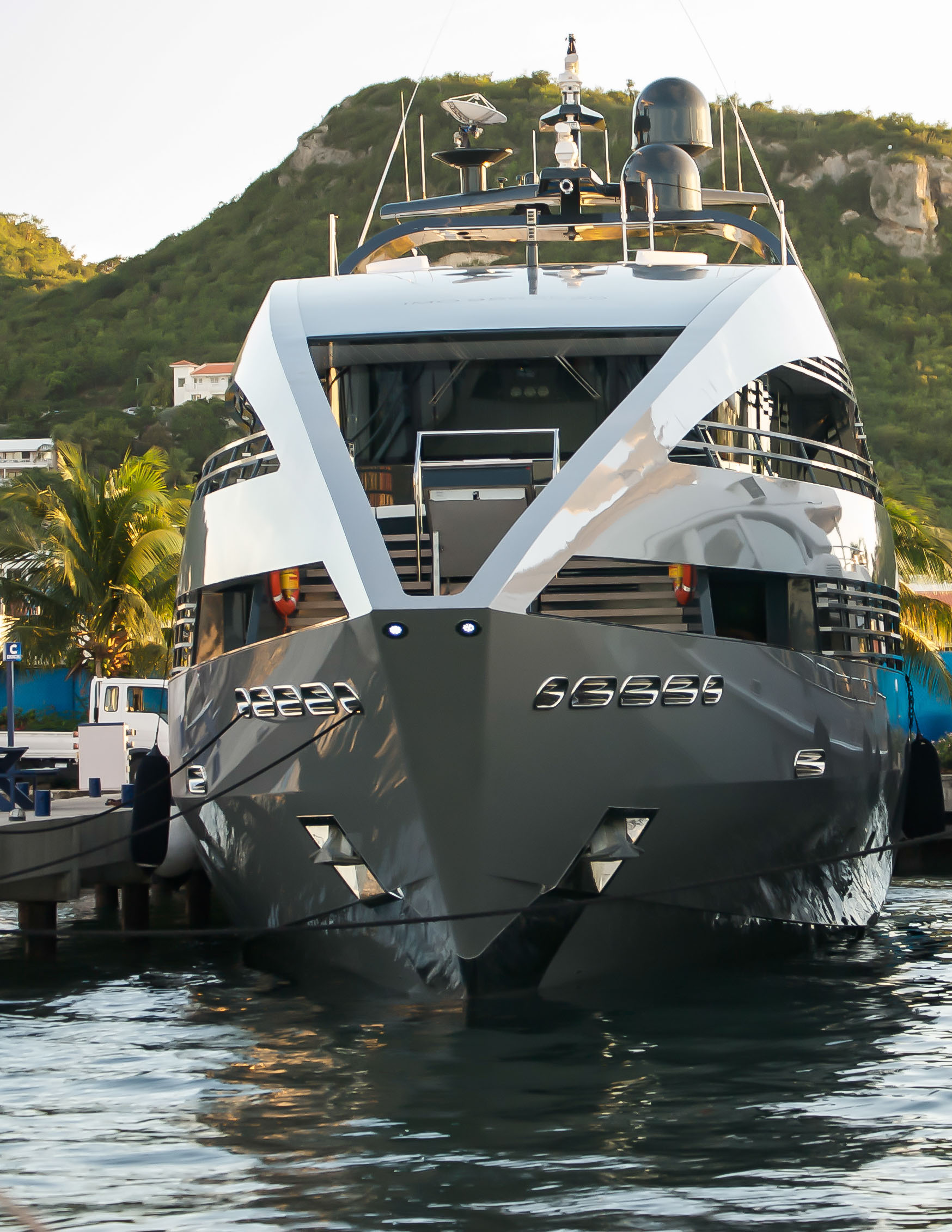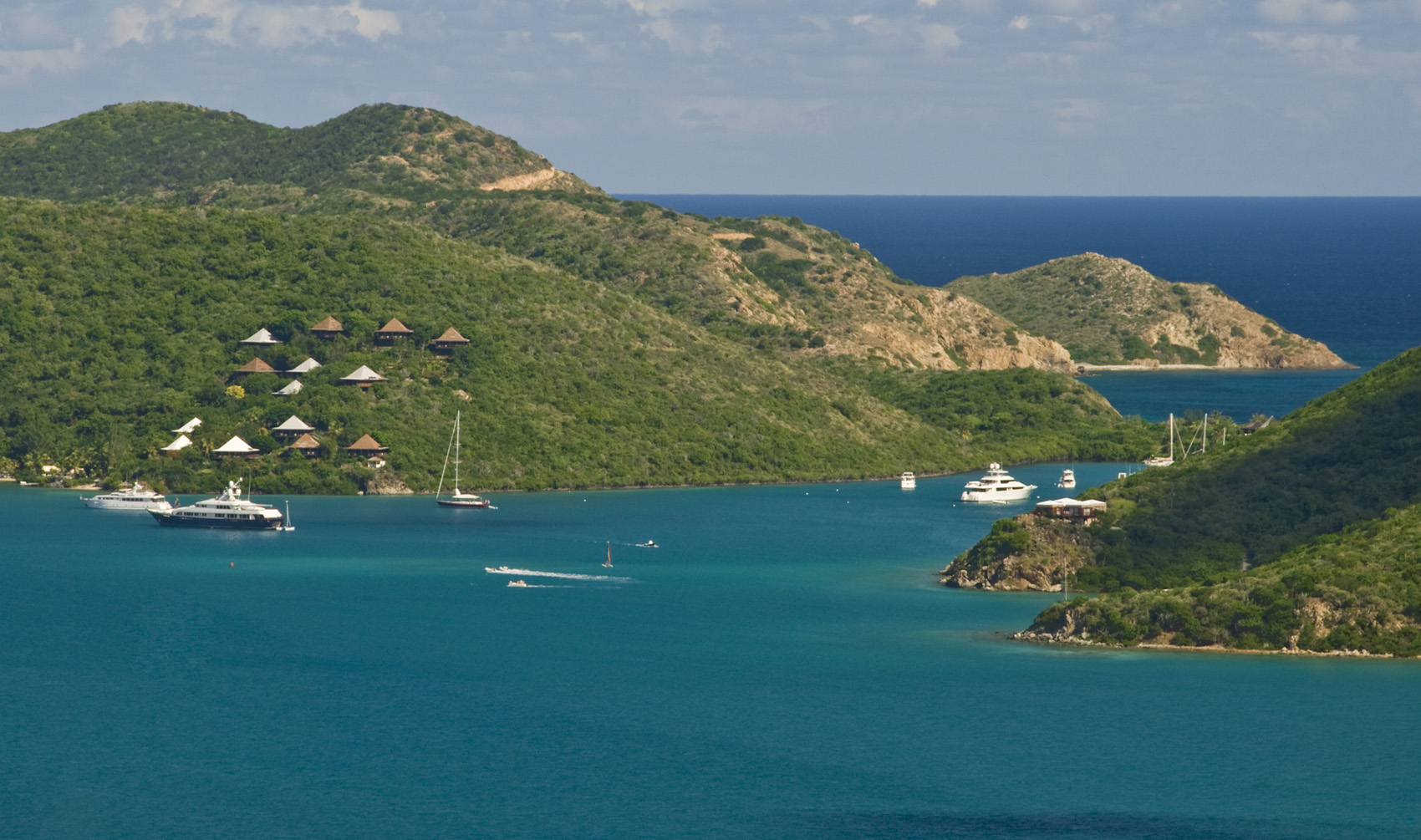How to register megayachts in the Caribbean
By Bertrand Smith*
The economic potential of the yacht industry has largely gone unrecognized by governments in the Caribbean region. The focus has been on cruise tourism.
The Caribbean plays a major role in the global yacht industry. Not only is the region a leading yacht charter destination, it also claims the top jurisdictions for the registration of super yachts and mega yachts in the world. This has been borne out in a recent study commissioned to determine the economic impact of mega yacht related activities in Florida.

The study revealed that a visiting mega yacht contributed $488,000 in revenue to South Florida with annual revenues of $370 million associated with maintenance and repair services and brokerage and charter commissions. Yet, only few Caribbean countries are capitalizing on this trend by investing in the mega yacht marina and repair segment of the industry with the prospects of huge rewards in the near future.
The yacht industry can be loosely classified into three inter-connected sectors:
- technical (involving construction, repairs and maintenance activities);
- private law (including registration, chartering, insurance and finance); and,
- destinations (incorporating marina development, attractions and support services).
The terms ‘superyacht’ and ‘megayacht’ have been used interchangeably and the definitions attributed to each category continue to evolve for these increasingly large yachts, some carrying multiple helicopter pads and submarines in addition to spacious and on-board exquisite facilities. The Superyacht Intelligence agency defines a superyacht as having a length over all (LOA) of at least 30 metres (98 feet) although the International Superyacht Society categorizes superyachts as those yachts whose lengths exceed 24 metres (80 feet).


The term megayacht was introduced in the last 15 years and had been described by some in the industry as a yacht which has an LOA of 90 metres (200) feet or more. It is said that the next fashionable term for very large yachts will be gigayacht, which would apply to vessels larger than 100 metres (328feet).
Compliance
The United Nations Convention on the Law of the Sea requires that all vessels (including yachts) have a nationality when operating on the high seas and that states should grant nationality to vessels entitled to fly their flags. These ‘flag states’ have the authority and responsibility to ensure that yachts comply with local and international regulations governing construction and safe operation of yachts; the competence of the crew; compliance with environment protection standards; and, latterly, adherence to international security and anti-terrorism measures.
Most flag states have adopted safety codes to govern the operation of yachts flying their flag. However, a yacht will also be required to comply with international conventions adopted by the IMO, depending on length (usually 24m and over), size (which is usually measured by determining the gross tonnage), or capacity (whether it is carrying 12 or more passengers).
Environment protection
The applicable international conventions include the International Convention on the Safety of Life at Sea and the Load Lines Convention, which regulate the safety and security of the yacht. The International Convention on the Prevention of Pollution from Ships (MARPOL) regulates the discharge of oil, sewage, garbage; and, air pollution from yachts.
The Wider Caribbean Region was in 1991 declared a Special Area under Annex V of the MARPOL Convention. The convention regulates the discharge of garbage in the sea and yachts are prohibited from discharging any form of garbage, except food waste, when closer than 12 nautical miles from nearest land.
Yachts are also required to comply with the North American Emission Control Area (ECA) which came into operation in January 2015. The ECA requires vessels operating in U.S. waters or within 200 nautical miles from the US coastline and that of its territories in the Caribbean to burn fuel with low sulphur levels.
Choosing a flag
Yacht owners when choosing a flag will not only be influenced by the ability of the flag state to ensure compliance with the international regulatory framework but also the confidentiality laws and tax related advantages provided by the jurisdiction. Customs duty and value-added tax (VAT) rules will also affect the charter prospects for the yacht.
Many yacht owners use bank loans to finance the acquisition of their yachts and the acceptability of the mortgage registration and enforcement laws of the jurisdiction to banks, will also play an important role in the decision to register the yacht under a particular flag.

The Caribbean is the ideal choice for the registration of megayachts. The leading jurisdictions are: the Cayman Islands, Jamaica, the British Virgin Islands, Antigua and Barbuda, Bahamas and Saint Vincent and the Grenadines.
The Jamaica Yacht Registry is averaging over 100% growth in the last three years. This has been due to competitive fees, a cadre of technical staff capable of addressing the safety, crewing and other needs of the yacht owner; and, adherence to International Maritime Organization (IMO) and International Labour Organization (ILO) treaty obligations. The registry is also attractive to owners having regard to the reciprocal arrangements with the United States which allow Jamaican yachts to remain in the USA for up to one year without being liable to pay customs duty.
Registration
Yacht registration entails two main activities namely proof of ownership and proof of seaworthiness. Most megayachts are beneficially owned by high net worth individuals who attempt to limit the liabilities associated with the ownership and operation of the yacht by registering a company off shore as the registered owner of the vessel. Establishing proof of ownership involves the review of the incorporation documents of the company as well as the bill of sale (which is the title for the yacht).
Seaworthiness is established by inspecting the yacht and the issuance of safety documentation and a radio licence as well as the certificates required to be issued according to IMO Conventions mentioned previously. Since the entry into force of the Maritime Labour Convention of 2006, yacht registries also pay keen attention to the living and working conditions of the crew and the seafarer employment agreements and rules s (related to hours of work and rest, leave entitlements, medical care and repatriation).
In the case of the Jamaica Yacht Registry on completion of registration, the yacht will be issued a registration certificate which is associated with the nature of its intended operation. A yacht may be issued with a registration certificate to enable it to operate as a private, commercial or private charter. In the case of the private charter registration, the yacht owner will be entitled to charter the vessel for up to 84 days in each year without being classified as a commercial yacht. This allows the owner the freedom to earn revenue from the vessel when it is not required for his own use.
Megayacht registries are a source of revenue for countries, by way of initial and annual registration fees; fees for technical services provided to the yachts/ships; and, company incorporation.
The Caribbean region has not fully exploited the very lucrative megayacht marina and maintenance- repair services. These can have a significant economic impact but with a relatively small environmental foot print as compared to the cruise industry. []
- First published 2016, November 1

* Bertrand Smith is Director of Legal Affairs, Maritime Authority of Jamaica, the focal point for the IMO, administering that country’s international obligations for safety of shipping and marine pollution.





